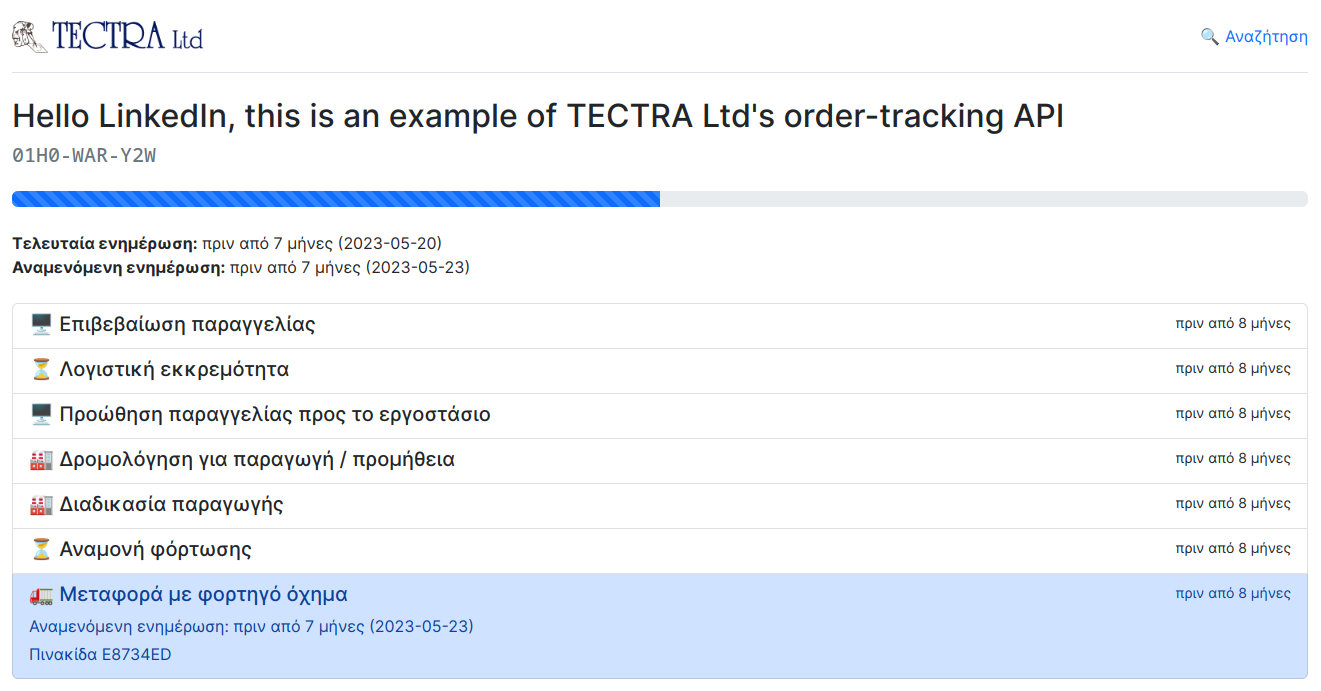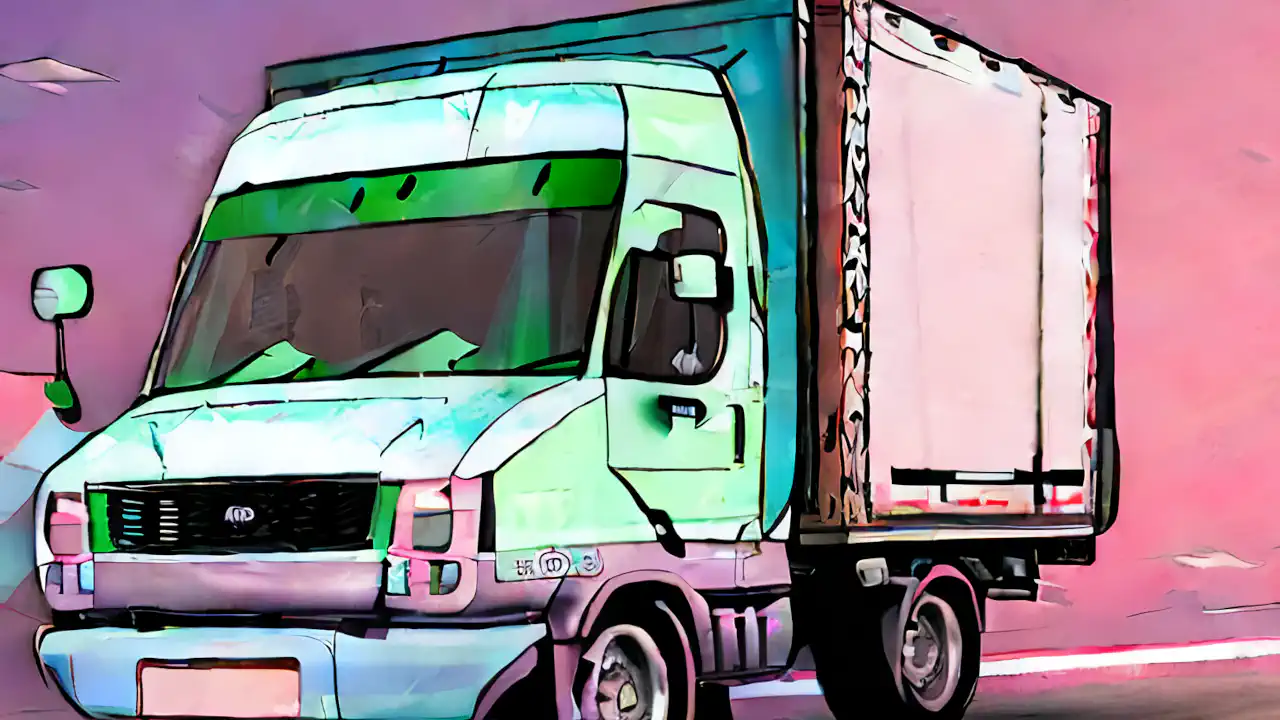Linking physical objects with online data that is always up to date is actual creation and delivery of value to customers. I did something like this at TECTRA Ltd, though not for equipment, but for our offers/quotations.
Each offer generated by my Offer API
(FastAPI) receives a ULID (26 characters), e.g.: 01H0WARY2WHGGRF3K72D299T3T
The first 10 characters are the tracking ID of the offer, from offer to conclusion of the order, e.g.: 01H0WARY2W.
The Offer API generates a QR code with a URL pointing to our order tracking API , e.g.: https://track.tectra.gr/01H0WARY2WHGGRF3K72D299T3T .
Of course, this URL is long indeed, and not particularly user-friendly; however it is meant to be scanned in the form of a QR code, not to be manually entered by a customer. Indeed, a QR code containing the URL is placed as a 1.5 x 1.5 cm square on the bottom right of each page of the offer using Boostrap 5 for print media.
When the offer converts to an order, I activate the code from the CaseTrack backend (Django with django-admin). From that point on, only the first 10 characters are used for tracking, optionally hyphenated at will, to increase legibility, so the following links all do the same:
- https://track.tectra.gr/01H-0WA-RY2W
- https://track.tectra.gr/01H0WARY2W
- https://track.tectra.gr/01-H0-WA-RY-2W
Here is what it looks like:

But why do all this? Simple; two reasons:
-
I empathize with the procurement manager or maintenance engineer or plant manager or whoever else is our customer touchpoint: they have to juggle tens of events every day, and keep track of even more pending things. Thus, at least with orders from TECTRA Ltd they can rest assured that they can at any point scan the QR code of the printed offer on their desk, or click on the QR code on the PDF on their screen and receive an update.
-
I also empathize with us at TECTRA Ltd, who also juggle many events every day, and can now rest easy that customers get their updates by pull. We just push the info on the backend using Django-Jazzmin’s user-friendly UI, instead of responding to email or phone inquiries about the status of an order.
Connecting physical artifacts to online information does not require massive investment or widgets, but it does require looking at pain points and identifying opportunities along the Customer eXperience; and this, in turn, requires the ability to empathize with everyone involved in a business process.



